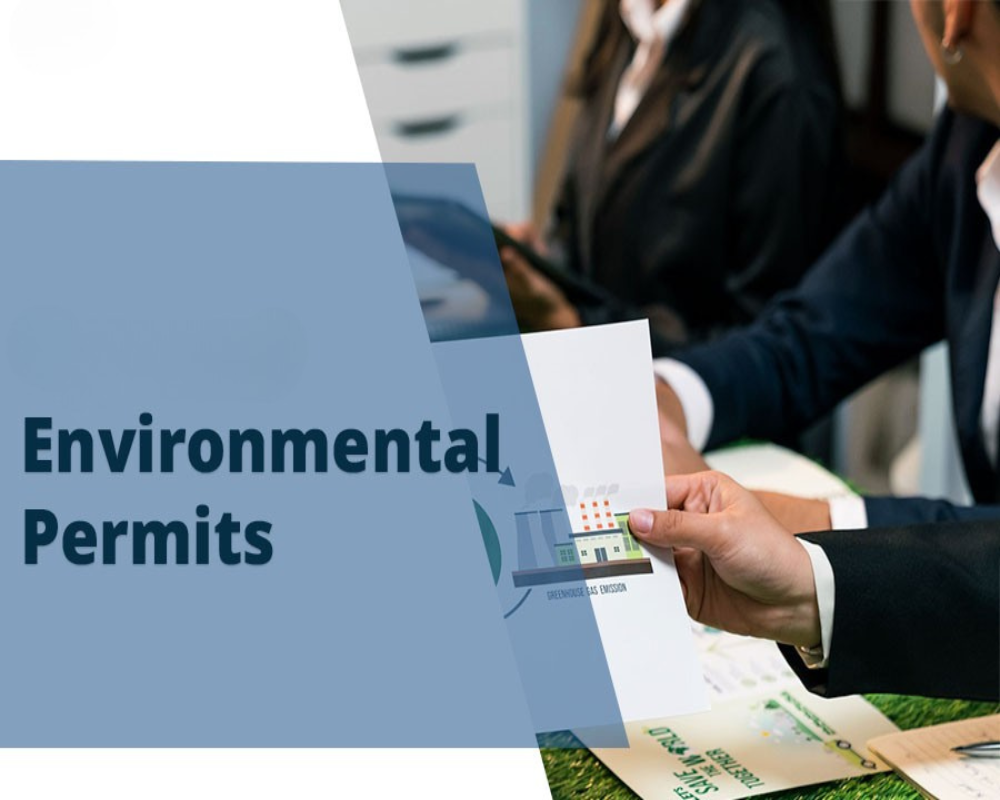Introduction
Environmental permits for construction activity are legal authorizations issued by regulatory agencies that ensure proposed construction projects comply with environmental protection laws and standards. These permits govern how construction activities can be carried out to prevent or minimize adverse impacts on air, water, soil, wildlife, and surrounding communities. They are essential for controlling pollution, managing natural resources responsibly, and aligning development projects with sustainability and public health goals. Whether for a small commercial building or a large infrastructure project, obtaining the appropriate environmental permits is a fundamental step in the project lifecycle and a legal prerequisite in most jurisdictions.
Purpose and Scope of Environmental Permitting
The primary purpose of environmental permitting is to protect natural ecosystems and human populations from the potential hazards associated with construction activities. Construction sites often generate dust, noise, wastewater, stormwater runoff, and other byproducts that can negatively impact the environment. Permits are designed to limit these effects through clearly defined conditions that the developer must meet during site preparation, building, and post-construction phases.
Environmental permits cover a wide range of subject areas depending on the nature and location of the project. These include, but are not limited to, air quality control, water discharge regulation, stormwater management, land disturbance oversight, wetland protection, waste handling, and erosion control. Some permits are issued by national environmental agencies, while others are managed by state, regional, or local authorities.
Types of Environmental Permits for Construction
Typical construction-related environmental permits may include:
- Stormwater discharge permits, which control runoff from construction sites and prevent sediment, chemicals, and debris from polluting nearby water bodies.
- Air quality permits, required for operations involving dust generation, diesel-powered equipment, or materials that emit volatile organic compounds.
- Water use or discharge permits, covering the withdrawal or discharge of water for site activities, including temporary dewatering or use in concrete batching.
- Waste disposal permits, which regulate the handling and transport of construction and demolition debris, hazardous materials, or contaminated soil.
- Wetland and protected area permits, necessary when construction may affect sensitive habitats or encroach on conservation zones.
In many jurisdictions, large-scale or environmentally sensitive projects may also require a comprehensive Environmental Impact Assessment (EIA) and public consultation as part of the permitting process.
Permitting Process and Regulatory Compliance
Securing environmental permits typically begins during the early planning stages of a construction project. Developers must assess which permits are required based on the site’s location, size, and environmental context. This involves working closely with environmental consultants and legal advisors to identify all relevant regulations and prepare supporting documentation.
Applications for permits must include detailed site plans, impact assessments, mitigation strategies, and sometimes engineering reports. Regulatory agencies review these submissions to determine whether the project complies with environmental standards and what conditions should be imposed. In some cases, permits may only be granted following public notification or hearings, especially when the project has the potential to significantly impact the surrounding environment.
Once issued, permits come with strict compliance obligations. These include regular monitoring, record-keeping, reporting to authorities, and adherence to best management practices throughout construction. Failure to comply with permit conditions can lead to legal penalties, project shutdowns, or reputational harm.
Benefits and Strategic Importance
Beyond legal compliance, environmental permitting offers strategic advantages. Projects that meet permitting requirements are less likely to face delays due to enforcement actions or community opposition. Permits also serve as a framework for managing environmental risks, improving safety, and achieving operational efficiency. In addition, permitted projects may be eligible for green financing, insurance coverage, or environmental certifications, which can enhance investor confidence and market value.
Conclusion
Environmental permits for construction activity are vital instruments for ensuring that development proceeds in a manner that is safe, sustainable, and legally sound. They help balance the demands of growth with the imperative to protect natural resources and public welfare. For developers and contractors, understanding and managing the permitting process is not just a regulatory necessity—it is a foundational practice that supports responsible construction, risk mitigation, and long-term project success. As environmental concerns continue to shape the future of the built environment, securing and adhering to environmental permits is a key pillar of ethical and resilient development.
Hashtags
#EnvironmentalPermits #ConstructionActivity #SustainableBuilding #GreenConstruction #EcoFriendly #BuildingRegulations #PermitProcess #ConstructionCompliance #EnvironmentalImpact #Sustainability #ConstructionIndustry #RegulatoryRequirements #EcoConscious #BuildingPermits #ConstructionSafety #EnvironmentalProtection #ProjectManagement #ConstructionLaw #PermitApplication #GreenBuildingStandards


